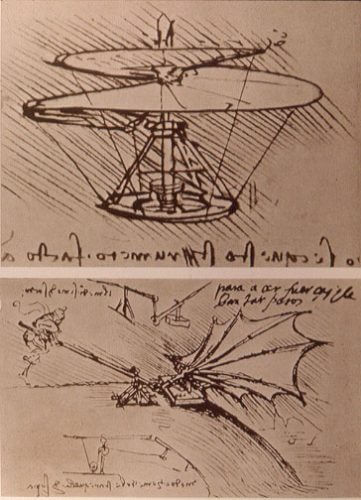Whenever we present the topic of biomimicry, the question comes back to us like an echo: "Bio what?" Over the years, more and more people have been exposed to this fascinating field, but the multitude of related terms sometimes causes confusion. A recent article in the journal '& Biomimetics Bioinspiraion' tries to sort out inflation in the many terms

Whenever we present the topic of biomimicry, the question comes back to us like an echo: "Bio what?" Over the years, more and more people have been exposed to this fascinating field, but the multitude of related terms sometimes causes confusion. A recent article in the journal '& Biomimetics Bioinspiraion' tries to sort out inflation in the many terms.
You can see the beginnings of biomimetic terminology already in the fifties of the last century, when the American engineer Otto Herbert Schmitt coined the term 'Biomimetics' for the first time, which later received a value in Webster's dictionary: "The study of the formation, structure or functionality of a material, mechanism or biological process with the aim to produce it artificially while imitating it". At that time, Dr. Steele coined the term 'Bionic', which he defined very narrowly: "copying a biological function". This terminology is particularly associated with the field of aviation.
Different from these two terms, the term 'Bio-inspiration' is much more inclusive, and as defined by the chemist Whitesides it means: "use of a biological phenomenon as thought provoking for technological research". In addition, he refined the term Bio-inspiration - its meaning is the abstraction and imitation of some of the functions and abilities of a living being, but not necessarily with the same mechanism. Biologist Benyus coined the term 'Biomimicry', which for the first time links learning and imitation of nature to solving problems in a sustainable way. Later, the European Union continued this line by defining a new term 'Nature based solutions': "Finding solutions inspired by or supported by nature, solutions that have environmental, social and economic advantages, which contribute to resilience in general".
In recent years, the International Standards Organization (ISO) convened experts from all over the world for an international standardization conference, the aim of which is to produce standardization in the field, and among other things, in biomimetic terminology. The founders of the Israeli biomimicry organization represent Israel at this standardization conference.
As of 2015, the following definitions are agreed upon by ISO:
- Biomimetics is defined as an interdisciplinary collaboration between biology and technology or other fields of innovation, with the aim of solving practical problems through the analysis of biological systems, their abstraction, their modeling and transfer to application.
- Bionic is defined as a technology that mimics or replaces a biological function with an electronic or mechanical equivalent.
- Biomimicry & Bioinspiration are defined together as a philosophy and an interdisciplinary design approach, which refer to nature as a model for finding solutions in the field of sustainable development.
Sometimes we come across research or technology that is not clear whether they are essentially biomimetic or more suitable for the field of Biomorphism, biotechnology, Bioengineering, etc. The authors of the article propose to simplify the way of defining the technologies using a 'decision tree' based on the degree of imitation of the natural function.
For further reading and in-depth reading, we recommend reviewing this study.
More of the topic in Hayadan:
